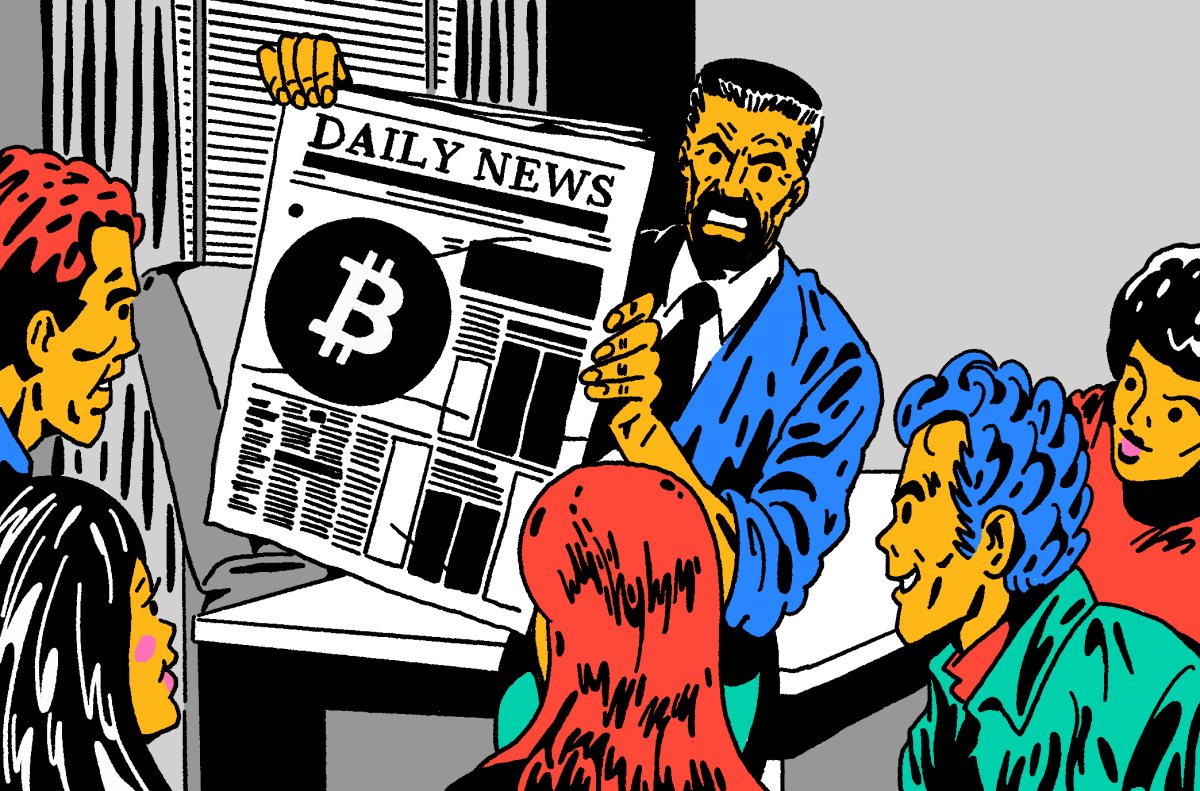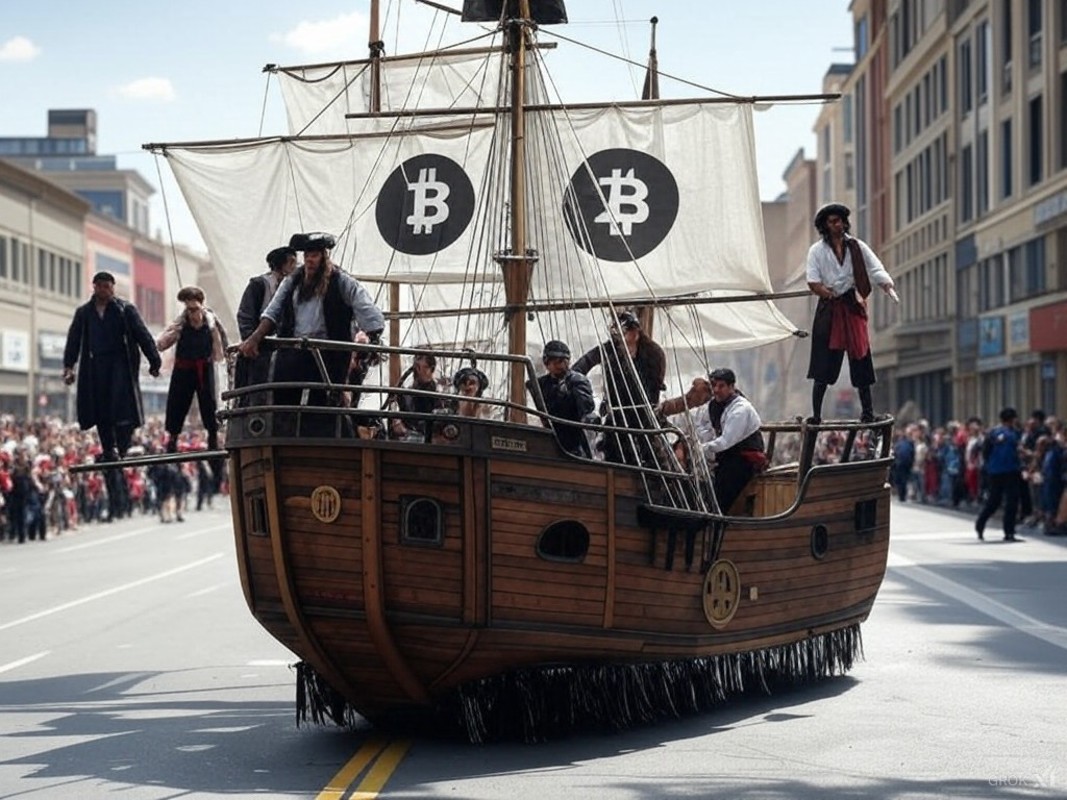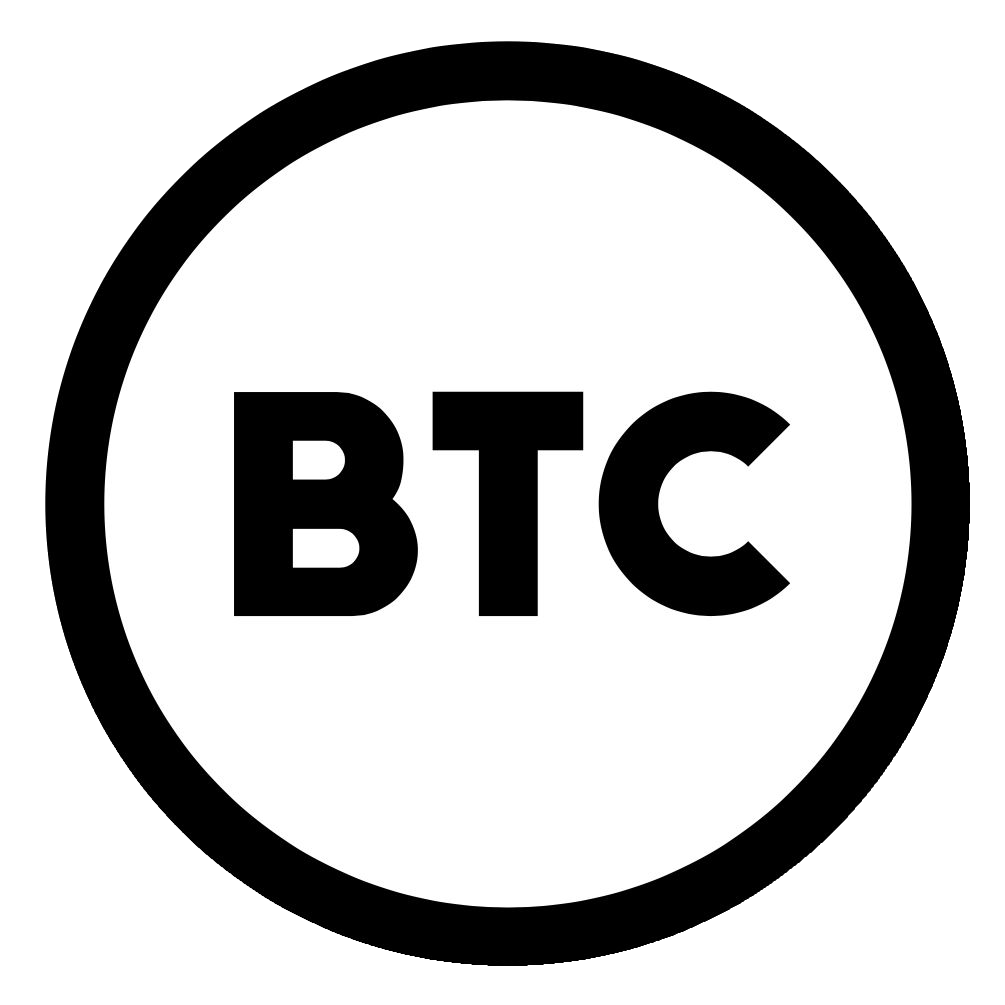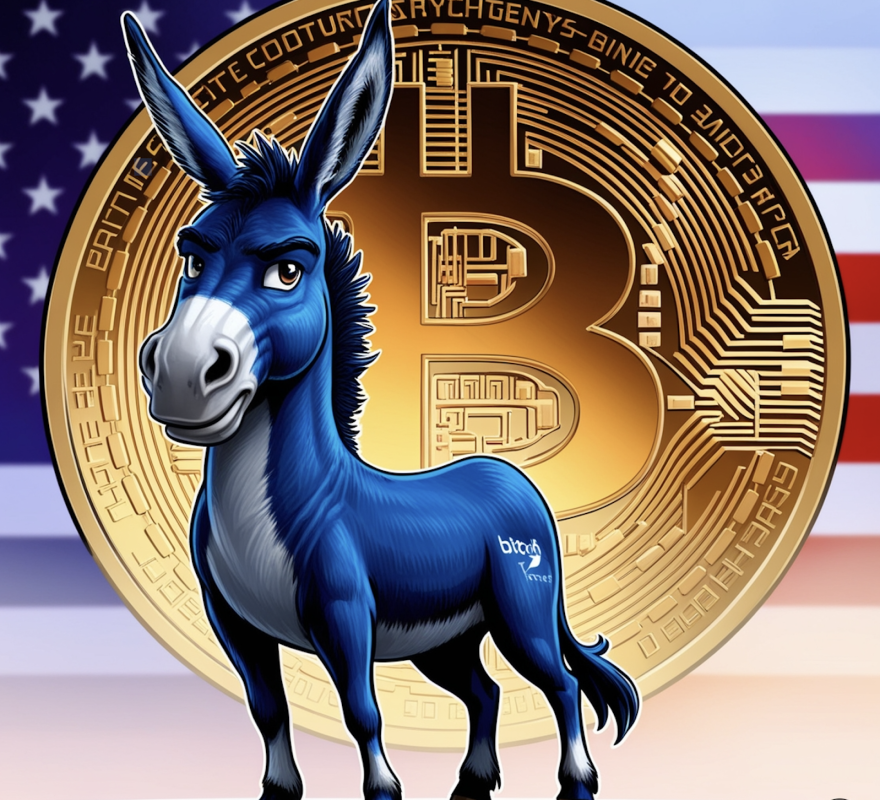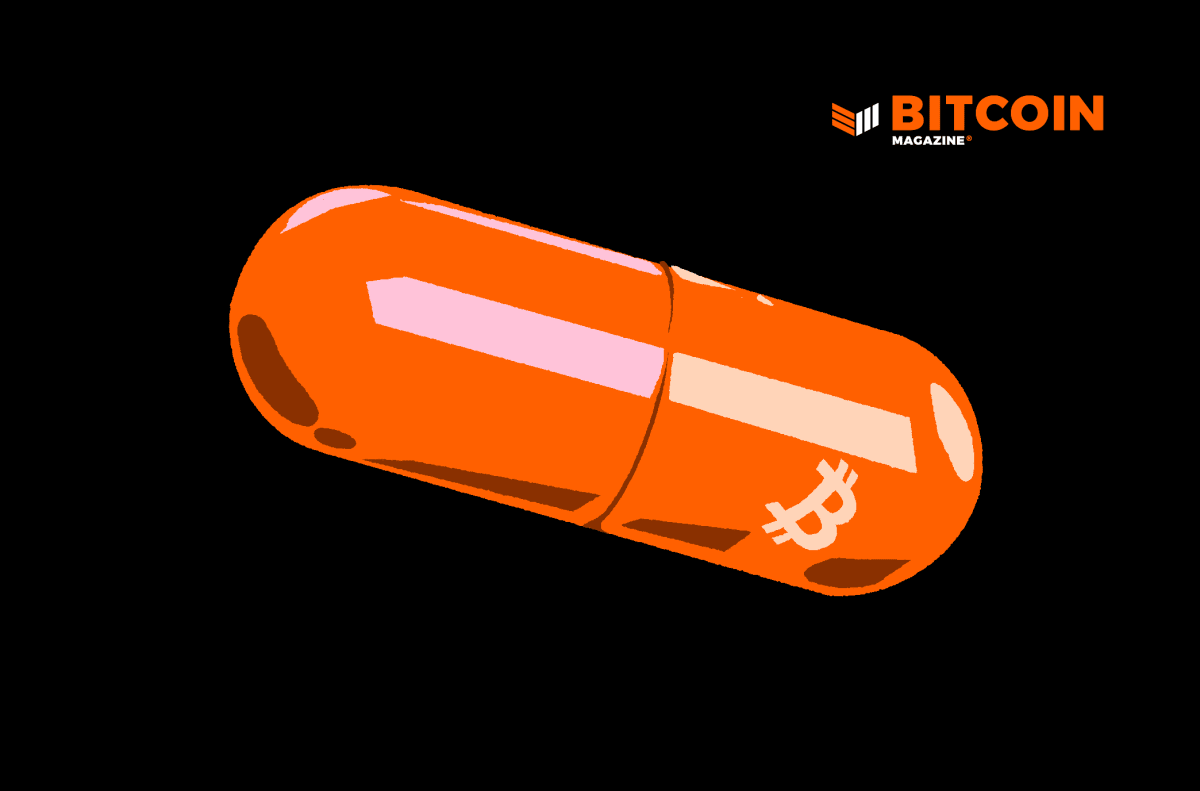Bitcoin Gives Power Back To The People
This Labor day, we should not forget the importance of protecting the value of the workforce, now reinforced by Bitcoin.
This is an opinion editorial by Robert Hall, a content creator and small business owner.
Organized labor gave power to the people to fight big business and secure their workplace rights. Bitcoin gives power back to the people to protect these rights once and for all.
Labor Day is typically a time to relax with your friends and family, grill up some hot dogs and enjoy much-needed downtime before the holidays kick into overdrive. While this has come to represent the contemporary meaning of Labor Day, its origin stems back more than a century.
The first state to recognize Labor Day as a holiday was Oregon. The first bill was passed on February 21, 1887. By the end of 1894, 23 states adopted the holiday and Congress made it a federally recognized holiday during the same year.
Organized labor has been central to creating the work environments that we have today. Workers and workers’ rights were not respected during the height of the industrial revolution. Life as a worker during this era was hell. How would you like to work 12-hour days, seven days a week and barely make it by? These are the conditions many of your ancestors worked in to provide for their families.
Children as young as five were forced to work to feed their families. Children working now is considered inhumane, but they just called that normal back then. In addition to working long hours, work conditions were dangerous and business owners could have cared less about your health and well-being.
Years of working like this left people tired, fed up and ready to revolt — not too different from what we have today, right? Back then, workers took to the streets and sometimes got killed protesting for their rights as people not to be exploited by the monied elite.
“The Haymarket Affair” was an instance where people were killed. Seven policemen and four civilians were killed when police tried to break up a pro-labor rally in Chicago.
Blood was shed to give us what we take for granted. Do you like only working 8 hours a day? You have organized labor to thank for that. Do you enjoy relaxing on the weekend? You have unions to thank for that as well. Do you have health insurance through your employer? You can thank organized labor too.
We have to give credit where it is due. Without the labor movement’s efforts, where would America be right now? Working our tails off with no chance of living a good life? I’ll take a hard pass on that one. We are not meant to work ourselves to the bone and die. The credit-based monetary system and the incentive to exploit people created abysmal working conditions before organized labor took root.
Unions tend to get a bad rap because of partisan media and how they are portrayed to the broader public. It seems to be working as the number of union members has declined from its all-time high of 20 percent of the workforce (17 million people) to 14 million in 2021 (10.3).
Unions no longer have the power they once had to improve work environments and increase worker pay. This role has largely been shifted to state and local governments. With this shift came a shift in the concentration of union membership. Public sector employees have the highest unionization rates at 33.9 percent. This rate is five times higher than the rate of private sector workers, which stands at 6 percent.
Union departure from the private sector has left workers fending for themselves against rapacious corporate conglomerates that push their employees to the limit. Employee burnout is a genuine phenomenon, and workers are quitting in droves. The term “great resignation” didn’t come from nowhere.
White-collar and blue-collar workers can’t escape the crushing hamster wheel created by fiat money. The very people we depend on to care for us are under immense pressure. Fourteen percent of doctors reported doing drugs or drinking on the job to cope with burnout and PTSD from the pandemic. We are in serious trouble, folks.
The root of this problem is credit-based money and the need for central banks to inflate the currency. It is inflation that makes businesses and people run faster on the hamster wheel until we reach a breaking point. How can workers throw a wrench in the hamster wheel and make it stop once and for all?
Bitcoin Gives Power Back To The People
Bitcoin is the best tool for economically empowering every worker in the United States and the world. Bitcoin gives back the energy the world’s central banks stole from you. Bitcoin empowers you to make your own economic decision without interference from the state.
Bitcoin allows you to plan for the future without the fear that your hard-earned wealth will melt away because of the whims of some faceless banker in a smoke-filled room somewhere. Bitcoin takes away that power once and for all.
Unions on a Bitcoin standard would still be needed to ensure worker rights are fought for and protected. Unions would no longer have to negotiate pay as vigorously as they have in the past because inflation would no longer be the scourge eating up union member wages.
With deflationary money, goods and services will get cheaper, not more expensive. Quality of life would increase dramatically along with good benefits. Workers will demand to be paid in sats once the wider public recognizes this fundamental truth.
Help return the power to the people by adopting a Bitcoin standard in your life. Lead by example and watch as others follow your lead.
This is a guest post by Robert Hall. Opinions expressed are entirely their own and do not necessarily reflect those of BTC Inc. or Bitcoin Magazine.

